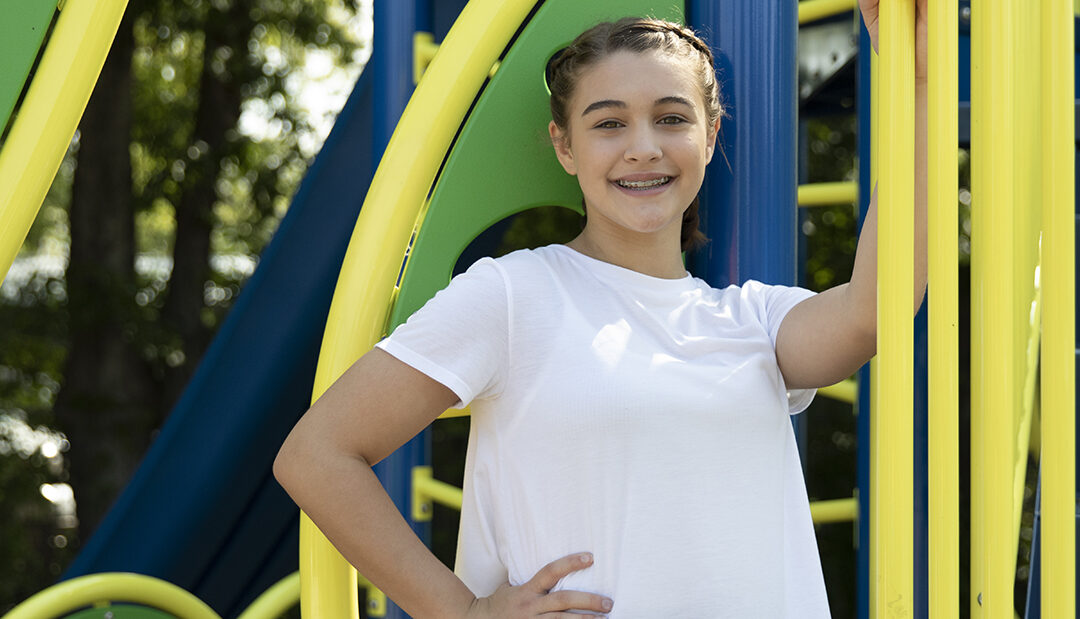In general, females undergo growth spurts earlier in life than males. This means that most girls experience significant growth at a younger age than boys. Julia Buckelew, P.T., D.P.T., says, “According to the American Academy of Pediatrics (AAP), peak height velocity occurs at an average age of 11.5 years old in girls and 13.5 years old in boys.” Some dancers can experience a delay in puberty which may cause the growth spurt to occur at a later age. Hormonal and weight changes that occur during growth spurts affect dancers in a unique way. Challenges include changes in:
- Flexibility and strength.
- Physique.
- Balance and proprioception (the awareness of the body in space).
- Body mass and center of gravity.
Sports medicine physician and former dancer Jane S. Chung, M.D., advises dancers to be aware that these changes that occur in this peri-adolescent period of growth, may predispose them to be prone to injuries. She says, “Techniques and certain routines which they were able to perform prior, can sometimes become more difficult for them to perform as a result of these changes that affect their body.” This can sometimes be frustrating for the young dancer, but Chung encourages dancers to be kind and embrace these changes, instead of fighting against them. Work with your dance teachers to help adjust and adapt to the new growing body.
Chung sees peri-adolescent and adolescent dancers in her clinic with these conditions and many others:
- Bone, muscle, ligament and tendon injuries.
- Stress fractures and other over-use related injuries.
- Conditions specific to the female athlete such as the female athlete triad.
“Dancers should try to be patient with themselves during times of growth,” says Buckelew. She teaches dancers to recognize these changes and perceived setbacks as temporary. As a physical therapist and one of our dance medicine specialists, she sees many dancers who become discouraged with their movement quality and performance. “If we can help them understand and anticipate the changes associated with their growth spurt, they are likely to come through this phase with new respect and confidence in their bodies.” She recommends focusing on improving movement quality and technique during this time.
Three tips for dancers to rock their growth spurts:
- Know it’s coming and won’t last forever.
- Pay attention to your body.
- Ask for help or modifications.
Chung and Buckelew have a passion for caring for dancers. They share their expertise to the community to help dancers and others prevent injuries and develop skills that help them perform at their best.
If your dancer has concerns or activity-related pain, request an appointment in our Sports Medicine clinic.
Keeping Up With the Count – This content is provided by a multidisciplinary team of staff that are passionate about keeping young dancers safe and healthy.

